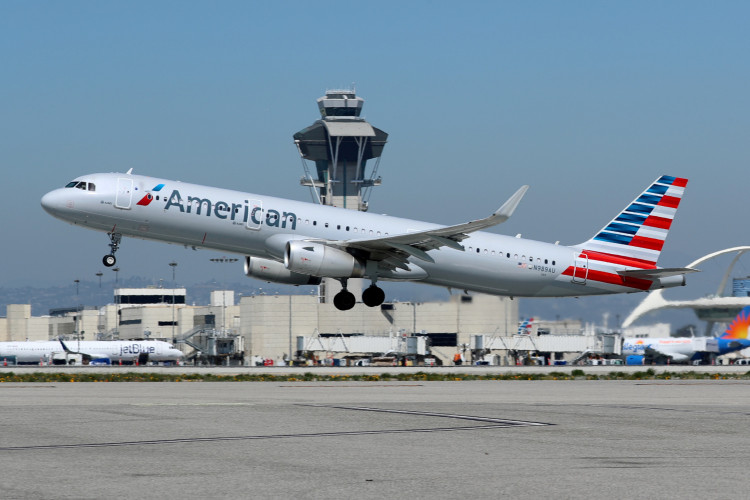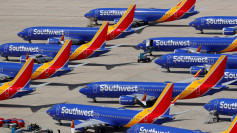American Airlines has drastically reduced its profit forecast for the year following a sales strategy that backfired and an industry-wide oversupply of flights forcing fare discounts. The Fort Worth, Texas-based airline now anticipates earning an adjusted 70 cents to $1.30 per share this year, a stark drop from the $2.25 to $3.25 per share forecasted in April and below Wall Street expectations of $1.10 to $2.60 per share, according to data from LSEG.
The airline also projected a decline in unit revenue of up to 4.5% for the third quarter, as high travel demand has not offset the surplus of flights. CEO Robert Isom acknowledged the missteps in a statement, noting, "American has a fleet, network, and product built to deliver results, but during the second quarter, we did not perform to our initial expectations due to our prior sales and distribution strategy and an imbalance of domestic supply and demand."
American Airlines' second-quarter performance highlighted these challenges. While earnings per share were $1.09 adjusted, slightly above the expected $1.05, revenue fell just short of expectations at $14.33 billion compared to the anticipated $14.36 billion. This period of underperformance follows a similar trend reported by Southwest Airlines, which saw a 46% drop in quarterly profit to $717 million, or $1.01 per share, despite a 2% increase in revenue.
The strategy that led to these disappointing results involved a direct-to-consumer sales approach, which alienated corporate travelers and disrupted relationships with travel agencies. The airline cut perks and discounts, reduced its sales team, and pushed for customers to book directly through its platform, bypassing third-party sites and agencies. This approach not only failed to attract the expected business but also led to the dismissal of Chief Commercial Officer Vasu Raja, who spearheaded the initiative.
In response to the fallout, American Airlines is renegotiating contracts with corporate clients and travel agencies, reinstating competitive fares, and bolstering its sales support. The company aims to restore frequent flier miles regardless of the booking method, a move expected to rebuild trust and loyalty among travelers.
"We have taken swift and aggressive action to reorient our sales and distribution strategy," Isom said. "The strategy shift will take time to show results, but we are receiving positive feedback from travel agencies and corporate customers."
American Airlines is also addressing the broader issue of domestic market oversupply, which has eroded pricing power. The airline announced plans to scale down its seat capacity growth in the second half of the year to better align supply with demand. This adjustment is seen as crucial to stabilizing fares and improving financial performance.
Despite the immediate challenges, American Airlines' efforts to realign its strategy and improve relations with corporate and travel agency partners are steps toward long-term recovery. However, the company acknowledges that the impacts of its previous missteps will linger through the year.
The financial markets reacted negatively to American Airlines' revised forecast, with shares dropping 5.4% to $9.63 in pre-market trading. This decline underscores investor concerns about the airline's ability to navigate the current industry landscape and return to profitability.






